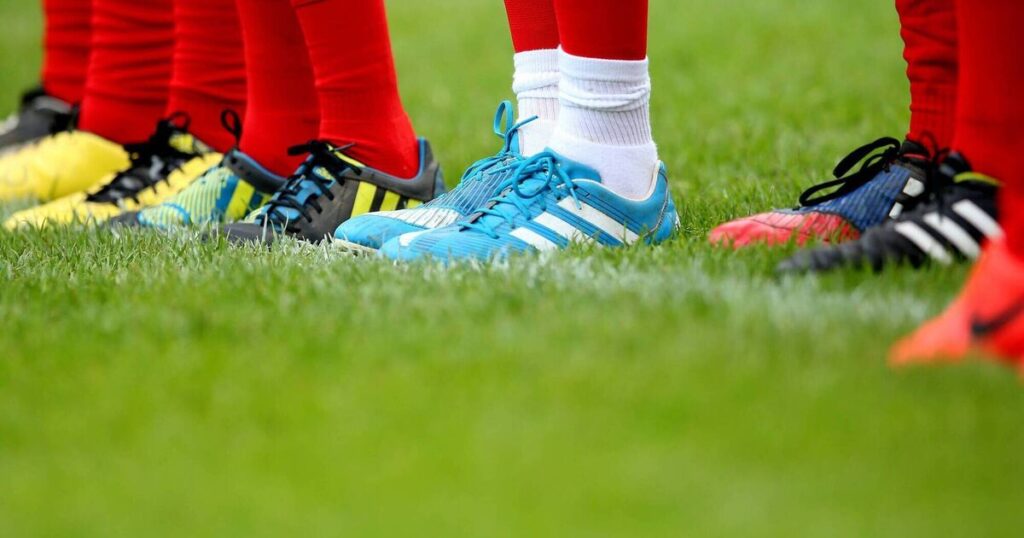New research reveals that a significant majority of female rugby players experience discomfort from wearing boots designed for men, with as many as 89% reporting pain due to ill-fitting footwear.
As England prepares to host the Women’s Rugby World Cup in just over two weeks, IDA Sports, a footwear brand specializing in women’s athletic shoes, has highlighted the “iniquity” of boot design. They argue that the current designs not only cause discomfort but also expose female athletes to a higher risk of injury.
IDA Sports scanned nearly 1,000 feet, including amateur and Premiership Women’s Rugby players, and surveyed 330 athletes. Their findings revealed that comfort is the primary factor influencing boot choice, yet it is rarely achieved. While 78% cited comfort as a top priority, almost nine in ten reported experiencing discomfort.
“The findings of our many years of research and development … illustrate the inequities that women athletes face when it comes to footwear,” stated Laura Youngson, co-founder and chief executive of IDA Sports.
“We hope that the findings of this study will not only draw attention to the impactful data, but push more brands to invest in women athletes as we have proudly done over the last seven years.”
Approximately 45% of surveyed players reported pain specifically under the first metatarsal bone, located above the big toe, which is typically where a stud is positioned on men’s boots.
Youngson noted that female players often file down this stud to alleviate pressure. IDA Sports has adopted a different stud pattern for its female-specific boots.
Sports scientists have also raised concerns about the injury risk associated with studs not designed for women. Women’s feet and arches have distinct shapes compared to men, and women also run differently. Studs placed under the metatarsal bone can potentially injure the bone itself, as well as increase the risk of ligament damage.
Dr. Matt Whalan, a consultant to Fifa on female health in football and a principal partner at Figtree Physiotherapy, discussed these risks in a 2020 interview with the Guardian. “The simplest thing to do is to look at the contact with the ground and the step/pivot/twist,” he said.
“There’s maybe a 10-kilo weight difference between male and female footballers and we’re going to put them in a same boot, that has the same traction, the same stiffness and that needs the same muscle capacity to control the traction that that boot will give.
“If you’ve got a stud that is 15mm long and you’re leaning really hard and having to change direction but you’re 10 kilos lighter, do you need studs that long to get the same sort of traction? When you’re getting a lot of traction that you don’t need then that’s when you start to put things at risk.”


